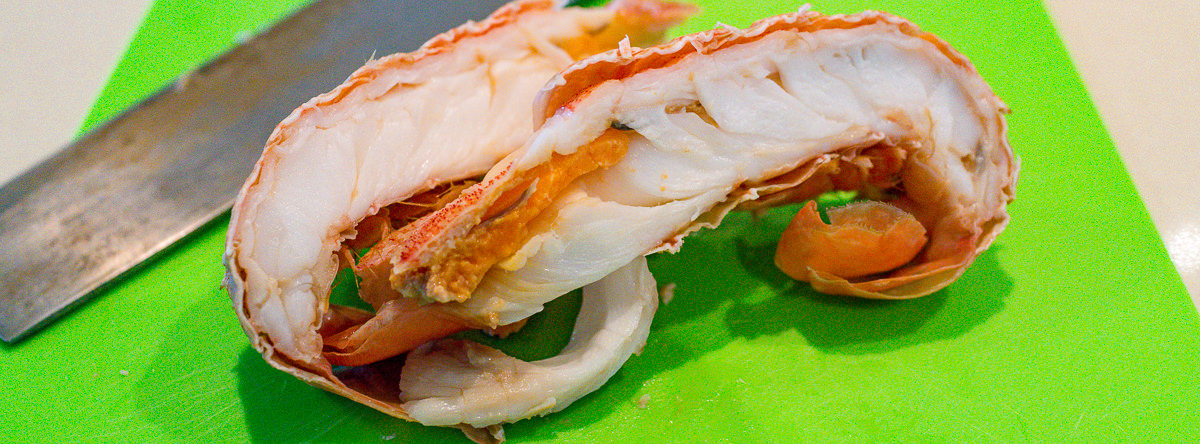Dear Reader,
Greetings from a wet Canberra. If you’re not from Australia, you may have read or seen or heard in the news that the east of Australia is experiencing a second wave of heavy rain.
Looking at how much water there is, makes me wonder how much rain fell when God commanded Noah to build the ark. Fortunately, God promised Noah He wouldn’t do that again. Every time I see a rainbow, I remember God’s promise.

Ingredients
- Chicken breast
- Aluminium foil
- Baking paper
- Eggs
- Feta cheese
- Parsley
- Spring onions
- Salt
- Pepper
- Cabbage
- Carrot
- Shallots
- Wasabi mayonnaise
- Sour cream
- Lime juice
- Sugar

Instructions
- Lay your breast on a cutting board.
- Trim off any excess.
- Make a longitudinal incision from one pole to the other with a sharp knife.
- Gently open the pouch with the tip of the knife on either side of the vertical incision.
- Scrunch some aluminium foil and wrap it in some baking paper.
- Insert the rod of foil and paper into the pouch you’ve just fashioned.
- Turn the oven on to about 150 °C.
- Heat a frying pan.
- Add a small volume of vegetable oil.
- Cook the chicken breast and turn it every few minutes.
- The aim is to create and fill a vacuole after the pan-frying.
- When the meat fibres have been cooked and feel stiff, turn off the heat and remove the foil/paper filler.
- Add some crumbled feta cheese, sliced spring onion, chopped parsley, pepper, and egg white to a small bowl. Mix and spoon into the hole you’ve created in the breast.
- Place the frying pan and chicken into the oven and cook until the egg white has set.
- Remove the chicken from the oven.
- Place yolks on the set egg white.
- Place it back into the oven and cook until the yolks have cooked to your liking.
- Allow the chicken to rest a little.
- Plate up the chicken on a dinner plate along with the coleslaw.
- Thank the Lord for all things.
- Enjoy the meal.
Final thoughts
- Have you ever done this with a chicken breast?
- How was your week?
- Is it wet where you are?






